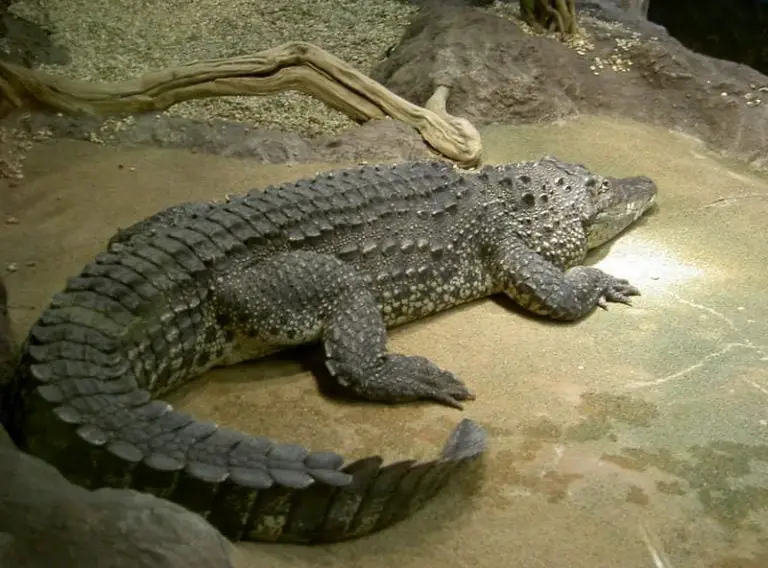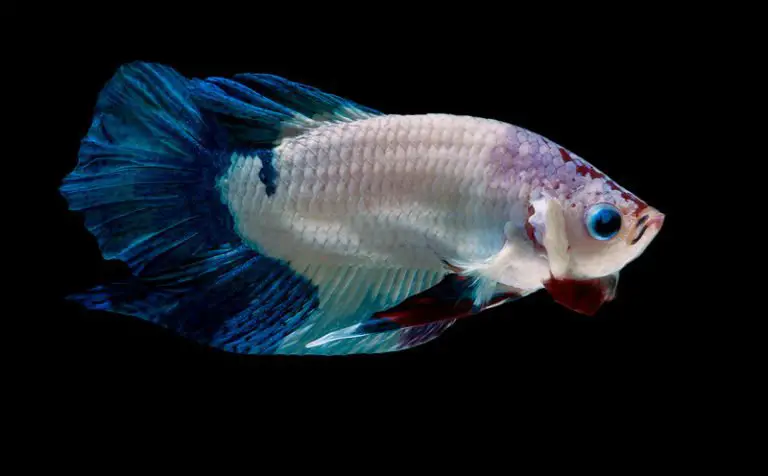How Long Can An Axolotl Survive Out of Water?

The axolotl is a marvel of an animal, it looks like something out of an alien movie or a Pokemon video game.
Being a species derived from salamanders, it is known that axolotl can last a long time out of the water, in fact, despite being an aquatic animal, the axolotl has legs to walk on the surface.
The axolotl not only has gills to breathe in the water, it also has lung sacs, so they can breathe out of the water without problems, but they can’t really do it for long.
The axolotl ascends to the surface from time to time, takes in air to fill these sacs and gently descends to the bottom. In nature they live in shallow water.
Although the axelotl cannot live outside the aquatic environment, this species has retained a pair of nostrils through which it can breathe out of water for about for about 15 minutes.
More time out of the water would be dangerous because even if it could breathe a little longer out of the water, its skin would begin to lose moisture, it would start to dry out.
Would begin to lose moisture, start to dry out and flake, or suffer start to dry out and flake. You would suffer serious skin lesions or infections and may even die. may even die.
The axelotl naturally comes out to take a breath of air and return to the aquatic environment: they do this as quickly as the blink of an eye. as quickly as the blink of an eye, it is almost imperceptible. imperceptible.
The axolotl has four different types of breathing
Amphibians generally have two types of respiration, which are cutaneous and pulmonary, which in itself is surprising.
But, the axolotl does not have only the two types of respiration characteristic of amphibians, it actually has four different types of respiration, which it can use depending on the situation and the environment where it is.
Cutaneous respiration
Cutaneous respiration, as you may know, is breathing through the skin. The axolotl has a soft and always moist skin, but what is most special about it is that it allows gases to diffuse through the nearest blood vessels.
Its skin itself functions as a separator, the amphibian’s organism, the amphibian’s organism takes in oxygen while the dioxide evaporates through its dermis.
Do you know what other animals do this? Frogs and toads.
Gill respiration
The axolotl’s gills are not only beautiful and ornamental, they are also indispensable for its respiration.
They allow a greater volume of gas to pass into the blood to absorb oxygen. But not only that, these gills have the ability to remove impurities.
Mouth breathing
Probably the easiest to understand. These animals have a small buccopharyngeal membrane that allows them to allows them to attract oxygenated water.
This water passes through the brachial filaments, taking what is necessary for respiration.
A process similar to that of cutaneous respiration occurs, in which oxygen dioxide and oxygen are separated.
Pulmonary respiration
It is very curious, but axolotl only use pulmonary respiration when it is really difficult for them to “take in” oxygen.
This is because pulmonary respiration is quite deficient in the amount of oxygen it can take in.
The lungs of this amphibian are small sacs with folded pockets and are surrounded by blood vessels where oxygen flows.
Because of all these wonderful characteristics, there are also cons, the axolotl is a very sensitive animal, it is required that its environment is as clean as possible, especially its water.
The cleanliness of the water is indispensable for these animals. Because they eat and defecate in the water, it becomes a “breeding ground” for bacteria that can cause diseases, the water should not contain chlorine either.
The more clean the water is, of course, means that the animal will not be as likely to get sick. For this purpose, an aquarium filter is suggested.
No abrasive cleaning and disinfection chemicals should be used and everything must be thoroughly rinsed so that there are no toxic residues that could affect the animal.
Is it OK to touch an Axolotl?
You can touch the axolotl, but you must be very careful not to hurt the animal because the axolotl’s skin is very fragile.
In addition, there is a risk if you are a person susceptible to allergies that you may be affected by touching an axolotl with your hands.
It should be taken into account that all these amphibians have skin covered by secretions that can cause varying degrees of irritation in humans. It is recommended to wash hands thoroughly after handling them.
The pH of the axolotl’s skin is a natural layer of lipids, water and fatty acids produced by the glands of the skin, this protective layer when introduced into an aquatic environment is completely eliminated, so it is safer to touch them in the water.
The axolotl tends to be a shy animal, so don’t expect it to be very receptive when you try to touch it, nor is it an animal that likes to be touched a lot, like a dog for example, either in or out of the water.
Whenever you try to touch the axolotl, you should do it very gently, sliding your fingers carefully over its body, ideally on the back, not holding it, not forcing it.
If you try to force or hold it against its natural movement, the axolotl could become very stressed.
Once you are confident, you can touch him regularly, as long as he feels comfortable.
You must keep in mind that usually when you touch an axolotl it is to feed it, so sometimes the axolotl could mistake your fingers for food.
Because of this, from time to time, the axolotl may bite you, but it does not do this with the intention of attacking, it will simply mistake your fingers for food, not always, just sometimes.
As for its bite, do not worry, it does not hurt at all, the axolotl lacks teeth or fangs, or rather, they have teeth but in a very rudimentary form that cannot tear or cause discomfort, you do not feel any kind of pain in a possible axolotl bite.







